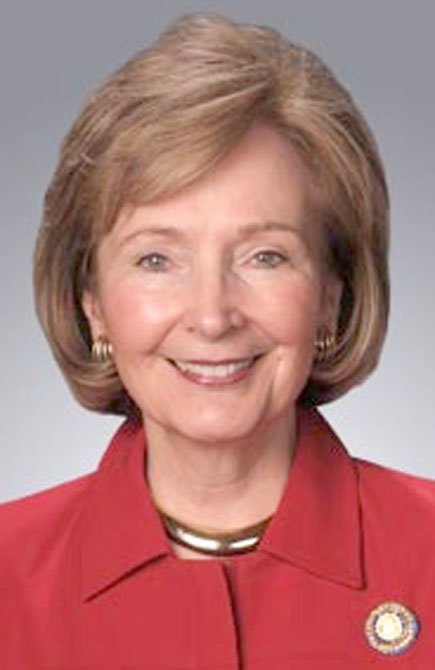LITTLE ROCK -- The Senate and House Education Committees have begun work on the next adequacy determination for public schools.
Funding levels for this year and next year have been set; the legislative adequacy study now underway is to determine school funding levels for fiscal years 2020 and 2021.
The adequacy study includes visits to schools across Arkansas, and surveys of school officials. It also includes data from the Arkansas Public School Computer Network, which keeps records on student achievement, school finances and facilities.
By Nov. 1, the Education Committees will decide whether current adequacy funding levels need to be amended.
Determining an adequate level of school funding is at the top of the legislatures' priorities every year. In 2002, the Arkansas Supreme Court ruled that school funding did not comply with mandates in the state Constitution that every child should receive an adequate education.
The court's ruling cited "abysmal" rankings in national rankings of schools, the tremendous need for remediation by college freshmen, wide disparities of teacher salaries within the state, lack of opportunities for special needs children and children in high poverty areas and a failure to address the needs of schools in high growth areas. The court clarified that it was the responsibility of state government to ensure the adequacy of education across Arkansas
In 2007, the Supreme Court ruled that the legislature's actions complied with constitutional mandates on education. Since then Arkansas has moved up in national assessments of public schools, has increased the percentage of adults who graduate from high school and increased teacher salaries.
The school funding lawsuit that prompted the Supreme Court's rulings was known as the Lake View case. The Lake View School District was a small, rural district in eastern Arkansas that has since been consolidated with Barton-Lexa, a neighboring district.
The adequacy report will be the cornerstone for writing the state budget. School funding is protected from budget cuts during periods of economic stagnation.
About 44 percent of Arkansas tax revenue goes to education. State appropriations account for roughly half of the school districts' revenue, with local property taxes generating about 40 percent and federal funding about 10 percent.
The total of state and local foundation funding in Arkansas is about $3 billion, which this year amounts to $6,646 per student.
•••
Editor's note: Arkansas Senator Cecile Bledsoe represents the third district. From Rogers, Sen. Bledsoe is chair of the Public Health, Welfare and Labor Committee.
Editorial on 06/28/2017
